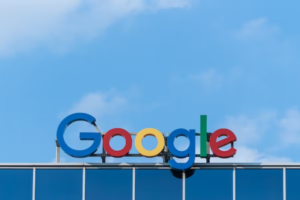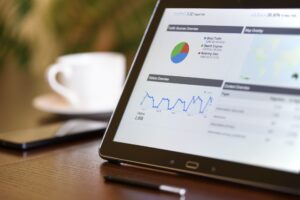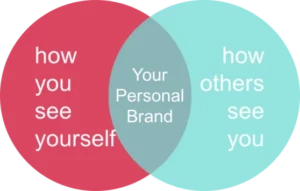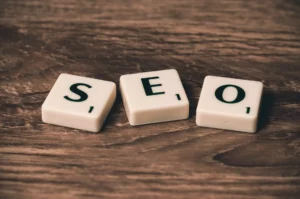Table of content
- What is Data-Driven Marketing?
- How Zepto Built a 900-Million Dollar Company using Data-Driven Marketing?
- Data driven marketing – Netflix
- Data driven marketing – Amazon
- Tools used in Data-Driven Marketing
- Data-Driven Digital Marketing
- The Importance of Data-Driven Digital Marketing
- Data-Driven Marketing Vs. Data-Driven Digital Marketing
- Data-Driven Digital Marketing Vs. Traditional Digital Marketing
- Why Does Data-Driven Digital Marketing Give Us Better ROI?
- Predicting ROI using Data
- Curate your Marketing Strategy using Data
- Data Analytics in Digital Marketing
- Media Planning
What is Data-Driven Marketing?
Data-driven marketing is an approach to analysing customer data and using it to improve a brand’s marketing strategy. It is not just about collecting and analysing data, but it also includes using that data to create personalised experiences for customers.
Data-driven marketing has been around for a while now. It is used for different purposes from optimising campaigns to making better marketing decisions. It is a practice that is here to stay and will continue to grow as the world becomes more digitised.
Some of the use cases of data-driven marketing are:
- Optimising campaigns
- Making better marketing decisions
- Creating personalised customer experiences
- Increasing customer loyalty
How Zepto Built a 900-Million Dollar Company using Data-Driven Marketing?

When it comes to data driven marketing, Indian-based start-up Zepto created a revolution. Aadit Palicha and Kaivalya Vohra founded the KiranaKart in 2020. The million-dollar idea behind the start-up was to connect the consumer with the grocery store owners, acting as a bridge between the two, like Amazon.
While operating KiranaKart, they observed a pattern, in which the lesser the delivery time, the higher the number of repeat orders. For example, customers whose orders were delivered within 45 minutes to an hour placed repeat orders ed 20% of the time, and customers whose orders were delivered within 20 to 30 minutes placed repeat orders 40% to 50℅ of the time.
In 2021, KiranaKart went through a brand reboot and Zepto was born. With all the data collected during their KiranaKart, Zepto positioned itself as the brand that delivers groceries in 10-mins. And the rest, as they say, is history. This is how they leveraged their data and built a 900-million-dollar company within a span of one year.
Data driven marketing – Netflix

While entertaining millions of people around the world, Netflix leveraged data to generate billions of dollars as revenue. This enormous growth is not only because of their movie suggestion algorithm which hooks users to use the app for the whole day and also their data driven marketing strategies.
During the 2019 pandemic, Netflix found that 3 in 10 Canadians thought it was ok to gather despite knowing about the coronavirus.
So Netflix took bold action to stop this which is the spoiler billboard.
In this billboard, they spoil the famous Netflix series which will trigger the user to watch the series.
And they created a youtube video that spoils the famous series.
Netflix: The Spoiler Billboard
And they posted this same spoiler on their Instagram handle as well.
By doing so, they promote social distancing amid the COVID-19 crisis and help users to stay at home while watching Netflix.
Data driven marketing - Amazon
In 1994 Amazon.com was founded. In early 2000, they got some good responses from their customers. Back then they were the monopoly in the market. So they provided great service for their customers. Everything went well until they faced heavy competition from eBay. They not only struggled because of eBay, but Many e-com stores like amazon were also popping up around the world. Competition from eBay, Alibaba, and others amazon has to think differently from its competitors in order to be a monopoly in the market.
So they launched a new product which is Amazon Prime in 2005. With Prime, users not only got free delivery until their prime membership expired but a promised 2-day delivery from the date of purchase.
With Big data, Amazon is able to give users fast delivery despite the seller and buyers being far away.
This unique selling point gives amazon the best marketing advantage. They promoted this fastest delivery on youtube and other social platforms and got a competitive advantage.
This is why amazon is so successful than its competitors.
But other big players like Walmart also use the same strategy as Amazon. So Amazon patented their new technology which is “ anticipatory shipping “.
This new technology will predict, pack and ship the product which is expected to be bought soon by the customers.
By use of data, amazon positioned itself as a monopoly.
This new data Era gives us innovative ideas to escalate our business to the next level as well as it will give us a marketing advantage over our competitors.
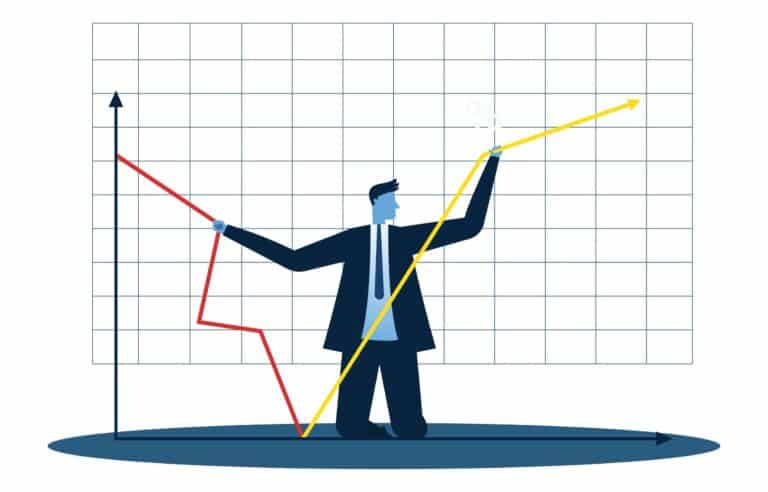
Tools used in Data-Driven Marketing

There are many tools that are used in data-driven marketing. Some of them are:
- Google Analytics
- Google Ads
- Search Ad 360
- Display Video 360
- Programmatic Ad platforms
- Facebook Ads Manager
- LinkedIn Ads Manager
- Twitter Ads Manager
- Bing Ads Editor
- Hotjar
- Similarweb
- SEranking
Data-Driven Digital Marketing
Data-Driven Digital Marketing is an approach to internet marketing that relies on data analysis and insights to optimise the digital marketing strategy for better results. There are many use cases of data-driven digital marketing.
Some of the use cases of data-driven digital marketing are:
- Targeting prospects with personalised offers
- Running A/B tests to find the best-performing ad
- Optimising website content based on user behaviour
The Importance of Data-Driven Digital Marketing
Data-driven digital marketing is a marketing strategy that uses customer data to create personalised and relevant messages to cater to their specific needs. The goal of data-driven marketing is to make customers feel like they are being heard and understood.
Companies collect data from their customers to better understand their needs and wants so that they can then tailor their products or services accordingly. Data-driven digital marketing usually relies on a few different types of data, including demographic information, purchase history, past interactions with the company, web browsing behaviour, and much more. Data-driven marketers use this information to understand what customers want from the company and then deliver it in an efficient way.
Data-Driven Marketing Vs. Data-Driven Digital Marketing
Data-driven marketing and data-driven digital marketing are two different things. While data-driven marketing is all about the numbers, data-driven digital marketing is all about the customer’s experience. Data-driven marketing operates both offline and online, while data-driven digital marketing can operate only online by using existing data.
Businesses are now looking for ways to better understand their customers and provide them with a more personalised experience. In order to do so, they need to know who their customers are and what they care about. This is where data-driven digital marketing comes in handy. Data-driven digital marketers use customer analytics and personalization technologies to create a more personalised experience for their customers, which helps them build stronger relationships with them over time.
Data-Driven Digital Marketing Vs. Traditional Digital Marketing
The key difference between the two is that data-driven digital marketing is more results-oriented and ROI-oriented, whereas traditional digital marketing is more process-oriented. Traditional digital marketing will fetch you reach, whereas data-driven digital marketing will fetch you results.
Data-driven digital marketing can be used in a number of ways, including:
- Identifying and targeting audiences that are most likely to convert
- Optimising ads for better performance
- Measuring campaign success by evaluating conversions vs. budget spent
Traditional digital marketing can be used in a number of ways, including
- Creating content for your audience to engage with and share
- Promoting your content through social media channels or emailers
If you know how to use tools like Facebook Ads Manager, Google Ads, etc., you can easily become a traditional digital marketer.
Why Does Data-Driven Digital Marketing Give Us Better ROI?

The world, in general, has become more data-driven and this is true across all industries. Companies are using more data than ever before to make decisions, and they are yielding better results too. This is because, in data-driven digital marketing, we not only understand our customers but also convert them.
Predicting ROI using Data
The Return on Investment (ROI) of a marketing campaign is often difficult to measure. This is because most of the factors involved are not quantifiable, such as the emotional reaction of customers, the social media buzz, and the customer retention rates.
So, to measure ROI, marketers calculate the difference between how much they have invested in a marketing campaign and what they have gained from it. This is done by calculating the Cost per Acquisition (CPA) and Cost per Lead (CPL).
The CPA is calculated by dividing the total amount of money spent on marketing by the number of people who have converted into customers, whereas CPL is calculated by dividing the total amount of money spent on marketing by the number of people who have shown interest in the particular product or service.
Curate your Marketing Strategy using Data
As marketers, we are constantly looking for ways to improve our marketing strategy. With the help of data analytics, we can better curate our marketing strategy and enhance a customer’s experience. This is where Data Analytics comes into play.
Data analytics is a quantitative method that measures and describes data sets with statistics. Data analytics helps us understand what’s happening in our customers’ lives and how they behave online. It also helps us to find patterns in their behavior so that we can predict what they might want or need next.
We can then use this information to come up with a marketing strategy for them that will be more relevant and personalized to them as opposed to the generic one-size-fits-all approach. This gives companies an edge over their competitors because it’s all about understanding your customer’s needs and catering to those needs specifically instead of being generic about it.
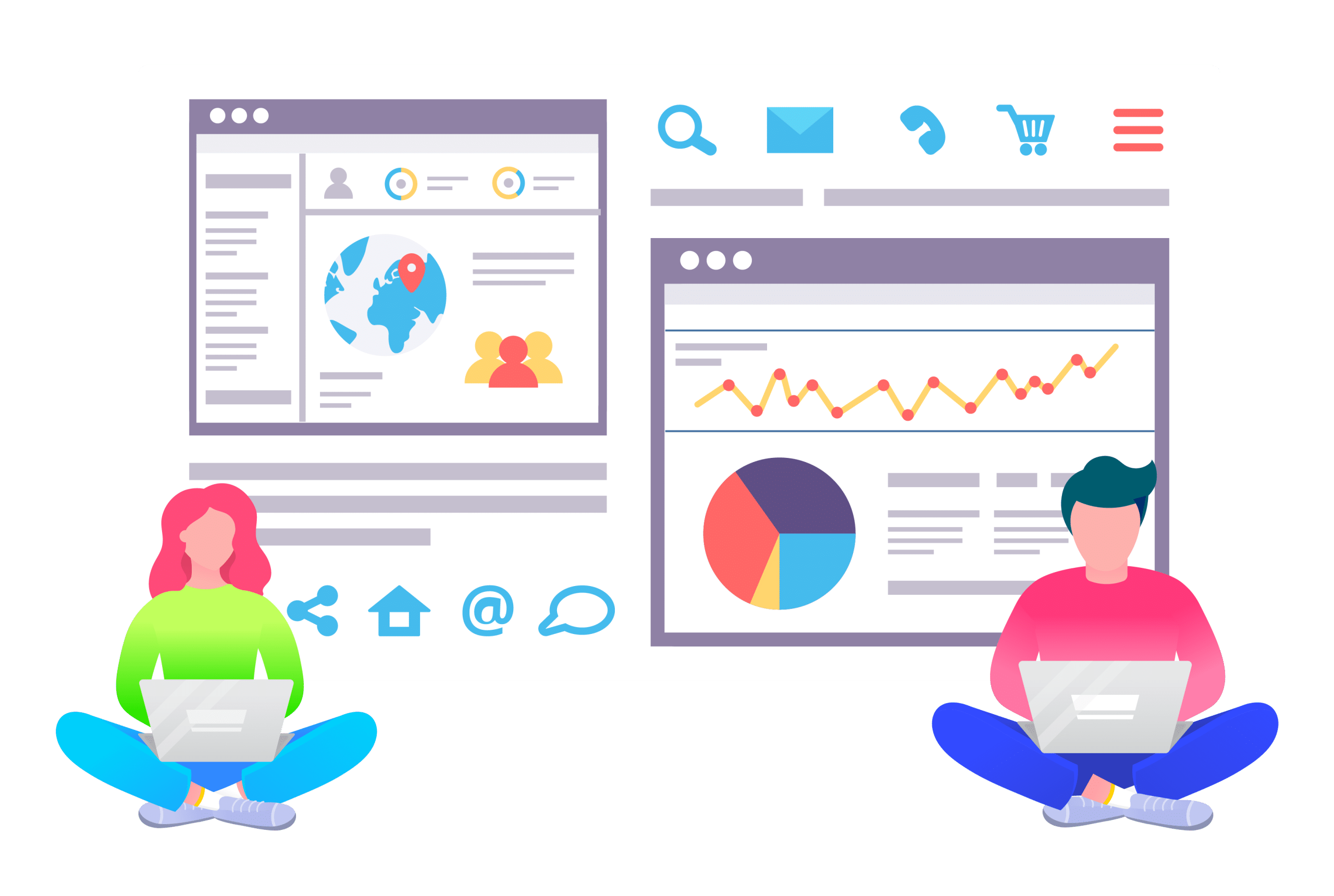
Data Analytics in Digital Marketing
Data analytics plays a major role in data-driven marketing. Digital marketing is a rapidly evolving industry. The way marketers reach out to their audiences has changed drastically. They now have access to a lot of information about their customers, thanks to the internet and technology. This data can be used for better decision-making and more effective marketing strategies.
Marketers can use data analytics in various ways:
- For research purposes
- To analyze customer behavior
- To track conversions
For example, if they identified that their potential audience is Students below the age of 22, they can target the particular 18 – 22 age group, thereby reducing their campaign budget to yield better results.
The following are the most commonly used tools for data analytics.
- Google Analytics
- Adobe Analytics
- Smartlook
- Kissmetrics
Media Planning
Media planning plays a major role in data-driven marketing. For instance, imagine your target audience is people in the senior management team or people running businesses like the CEO, CMO, CFO, etc. If you run a campaign on Facebook, you might be burning through your ad spend with no yield, because your target audience is more likely to engage in a business conversation on LinkedIn, rather than on Meta platforms. So you have to be careful about where to spend your budget. This is where Media planning comes into play.
Media planning is the process of developing a marketing strategy for promoting products or brands through various types of media. It forms the basis for all marketing strategies and tactics. It defines how a company will reach its audience and how it will measure success. It also defines what channels to use, how much to spend on each channel, and how to allocate budgets across advertising media. A media plan typically includes the following:
- Media objectives
- The target audience
- Media channels
- Budget allocation by type of advertising medium
Wrapping Up!
Data driven marketing will work. But data driven digital marketing will do wonders.
In data driven marketing we can’t track users’ journeys. But In data driven digital marketing we can do it.
Data driven marketing is an advanced level of marketing. But data driven digital marketing is a more advanced level of marketing.
Conclusion: Data driven digital marketing is better than data driven marketing in terms of tracking and budgeting.
What do we do? – Using Data-Driven Digital Marketing
We are a new-age digital marketing company in Chennai that is driven by data. We are passionate about creating data-driven campaigns and brand experiences that help deliver phenomenal results for clients across all business portfolios.
Apart from data, we love ideas. They fire our imagination and excite us. They’re why we come to work every day. Ideas stimulate us and when combined with a deep knowledge of data analytics fulfill our client’s business objectives.
How do we do it?
Data is the fuel to the digital marketing era. At Tuskmelon, we worship data. Generally, digital marketing agencies rely heavily on creative strategies and quirky campaigns. True to our brand name, our content is equally unique. It is carefully curated, guided by the extensive analysis of the data enabling us to convert leads into loyal customers.


